No products in the cart.
Hair Density
Choosing the Right Wig Density: Chart and Tips for Perfect Hair Density
Wigs, a fashion staple for centuries, have garnered immense popularity among women today for creating stylish looks. Beyond just a fashion statement, wigs serve various purposes—from offering a youthful appearance to providing a solution for those dealing with hair loss, especially during chemotherapy. However, finding the right wig is no less than challenging, involving a crucial factor in wig density.
Now, your clients would be thinking, what does hair density mean in wigs? Well, hair density in wigs implies the volume of hair on the scalp and cap; hair density is the number of hair follicles in a specific area of the scalp. Essentially, it measures how closely packed hair strands are on the head. High hair density means more follicles per square inch, which provides a fuller and thicker appearance.
On the other hand, a low density of hair indicates fewer follicles and may give a sparser or thinner look. Hair density varies from person to person and can be influenced by genetic factors. Understanding the density of your wig is essential when choosing hairstyles, hair products, and treatments tailored to your needs and desired look. In this article, we’ll guide you through all you need to know about wig density and how to choose the perfect density for next wig.
What does Wig Density Mean?
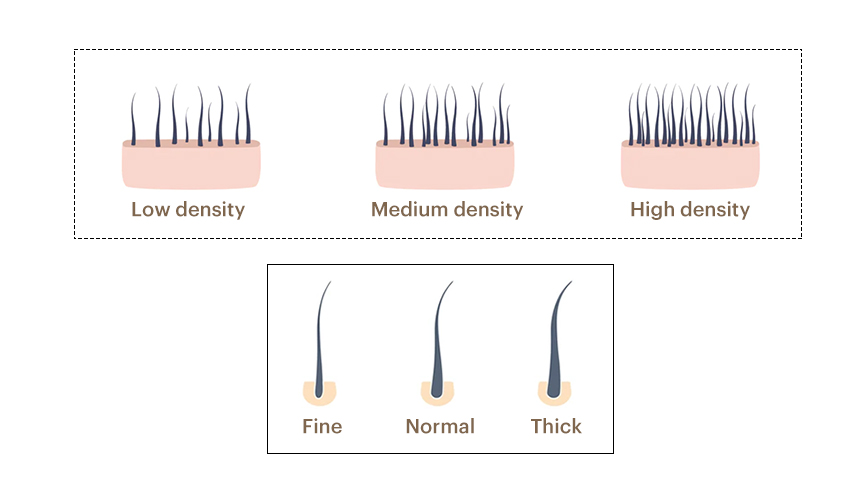
Wig density means the amount of hair on the wig cap, determining how thick or thin the hair appears. It’s essential to distinguish between hair density (amount of hair) and hair thickness (width of individual strands). More wig density means thicker and fuller-looking hair.
Just like human hair, wigs come in different densities. The standard is 120%, mimicking the natural density of an average human head (100-120%). A wig with 120% density looks realistic, feels lightweight, and is comfortable to wear.
Why does Wig Density Matter?
Hair is a powerful statement about our identity, often the first thing people notice. So, whether we love it or not, our hair is crucial to our appearance. It can be a source of concern and self-consciousness for those dealing with hair thinning or balding, and this is where the concept of hair density comes into play, making it a vital aspect of overall appearance.
Understanding the hair density is vital to finding the best styles that suit your client. Hair density signifies the volume of hair on our scalp; it not only influences the hairstyles you can experiment with but also guides your client in choosing the right products. It’s essential to note that wig densities look different on various hair lengths. Achieving a natural look depends on matching the density of the hair piece with the wearer’s natural hair length. If they don’t align, it becomes easier for others to notice the difference. So, taking care of hair density, considering different hair lengths is about appearance and feeling confident and comfortable in your skin.
How Wig Density is Classified?

Bono Hair is one of the most trusted wig manufacturers globally, providing detailed guidelines to its clients regarding all types of hair replacement systems. When your client chooses a wig, we at Bono Hair provide general density guidelines for a consistent look and feel. Natural hair density ranges from 100% to 120%, influenced by diet, processing, and genetics. Like human hair, wigs come in various density options, ranging from 50% to 250%. The density is categorized as low, medium, and high density, offering a range of choices to explore.
Wearing a wig ensures the desired lushness, with higher-quality hair minimizing tangling and shedding. Remember that density variations exist among manufacturers, so referring to a wig density chart helps you make an informed decision and feel confident about your choice. Opting for a 100% virgin human hair wig offers the highest quality, closely matching the texture of natural hair.
Wig Density Chart
Wig density ranges from 50% to 250%, and they are classified into four categories: light-density, medium-density, heavy-density, and extra-density. A higher density means that more hair on the wig appears thicker and fuller. A lower density means less hair on the wig, which looks more natural and lighter. Let’s talk about all the categories so your client can pick the best density for their hair.

1. Wigs ranging from 50% to 100% density are referred to as Light Density
Wigs with this density range don’t have much hair on the cap, and the wig feels very light. These wigs are best for those clients who naturally possess thin, fine hair.
2. Wigs ranging above 100% to 150% fall in the category of Medium Density
A 100% to 150% density wig signifies the number of hairs per square inch on the wig cap, presenting a medium thickness for a natural, lifelike appearance. Striking a balance between not too thick and too thin is a popular choice, closely mirroring the natural density of women’s hair. This density wig is a favorite among those who appreciate their hair’s natural look and feel, providing comfort and a lightweight feel for extended wear. Despite its appeal, it’s important to note that, similar to natural hair, prolonged use of 150% density wigs can lead to volume loss over time due to regular hair shedding. Therefore, while comfortable for extended wear, users should be mindful of potential changes in volume with extended use.
3. Wigs ranging from 150% to 180% density are known as Heavy Density
A 150% to 180% density wig boasts 150 to 180 hairs per square inch on its cap, ensuring a natural appearance and ample volume. This type of wig is a favorite among actors and celebrities for its ability to deliver both thickness and fullness. It provides a realistic look and allows for the versatility of beautiful hairstyles. The high-density wig gives the wearer the appearance of luxuriously thick hair, making it a popular choice for those desiring extra volume. Despite its advantages, it’s worth noting that 180% density wigs tend to be pricier compared to their 150% density. However, the wig’s ability to enhance the wearer’s overall aesthetic with a lush and voluminous mane.
4. Wigs with 200% density are Extra Density
A 200% density wig is bold, with 200 hairs per square inch on the cap, creating a strikingly fuller and thicker appearance. It is ideal for those aiming to stand out, especially favored by attention-seeking celebrities at events. Compared to 150% and 180% density wigs, the 200% density option offers a more luxurious and voluminous look. However, it comes with the trade-off of increased weight, leading to potential discomfort, and demands a bit more effort in maintenance due to its higher density.
How to Choose the Right Wig Density for Your Clients?

Determining the right wig density depends on the client’s desired look, and there’s no one-size-fits-all rule. If clients crave more fullness, opt for a higher density, like 150% or above. Consider these factors for the ideal choice:
- Your client’s chosen hairstyle influences wig density. Long, straight styles often need higher density for a fuller appearance, while curly units can look full with less density. Hence, your client’s hairstyle is crucial in determining the perfect wig.
- The hair density of your client’s natural hair is also essential, as the wig has to blend with the natural hair. Hence, we suggest choosing a density that closely matches it; this ensures a natural look, mainly if your client aims for symmetry.
- Your client’s facial shape also plays a crucial part in finding the perfect hair system. Dense wigs might overpower small looks, but balance features for more prominent faces, creating symmetry.
- Your client’s preferences matter a lot. Some people prefer thick Remy wigs, while others opt for more affordable, thinner options. Your client’s choice must align well with their liking.
- The length of the wig matters. Different densities suit various sizes, so choose based on personal preference and consider recommendations for your client’s specific wig length.
The Best Wigs Start with Bono Hair
Choosing the right wig involves understanding density and prioritizing quality for long-lasting appeal. In this case, Bono Hair stands out by offering 100% virgin human hair wigs and bundles, ensuring durability and styling versatility. Opting for virgin human hair means you can confidently cut, color, and style your wig while maintaining a secure and impeccable look.
We at Bono Hair would like to take the experience further by providing the perk of free wig customization applied to lace front and 360 lace wigs, allowing your client to tailor the wig to perfection. We ensure that with Bono Hair, you enjoy exceptional locks and benefit from professional assistance, making your wig experience both convenient and exquisite.
Conclusion
In conclusion, understanding wig density is pivotal in achieving the desired aesthetic when selecting a wig. The choice of thickness, whether 150%, 180%, or even 200%, depends on personal preferences, hairstyle, face shape, and natural hair density. Each density offers unique benefits, from a natural look to enhanced volume. Considering these factors and aligning them with individual style preferences is crucial. Additionally, the longevity and quality of the wig are paramount. Opting for 100% virgin human hair, as provided by brands like Bono Hair, ensures both styling freedom and durability. Ultimately, the proper wig density complements individual features and enhances overall confidence.









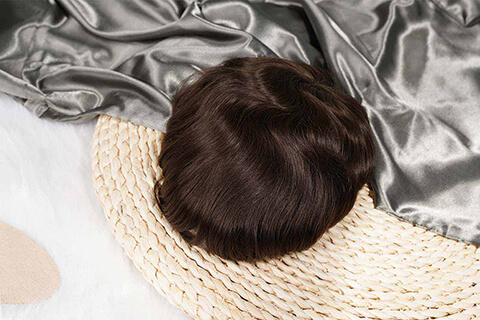
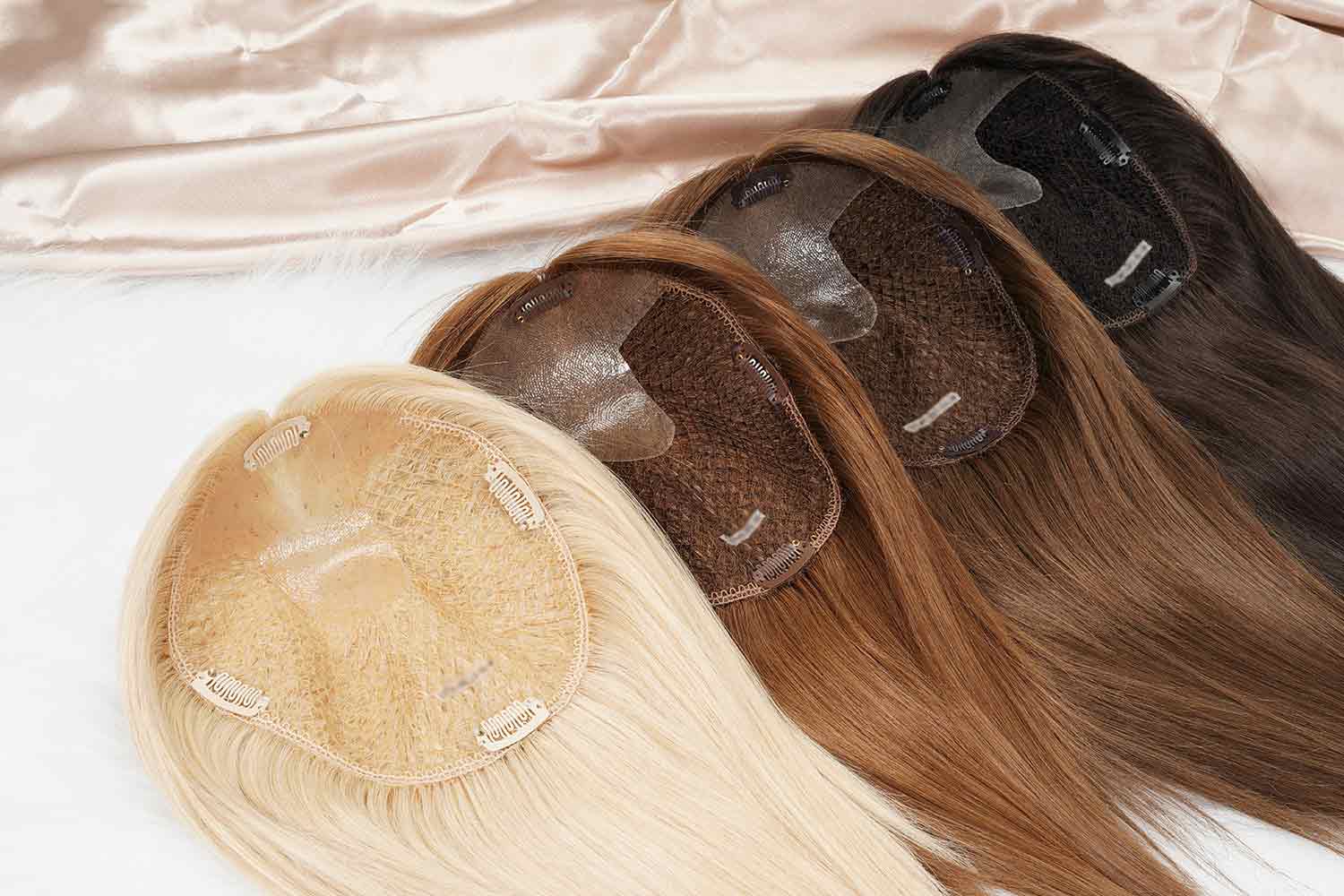
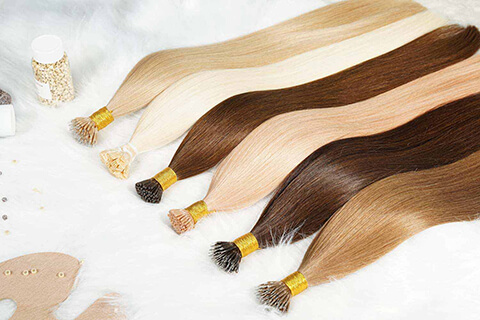
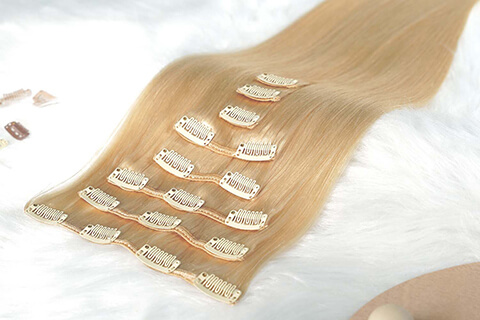
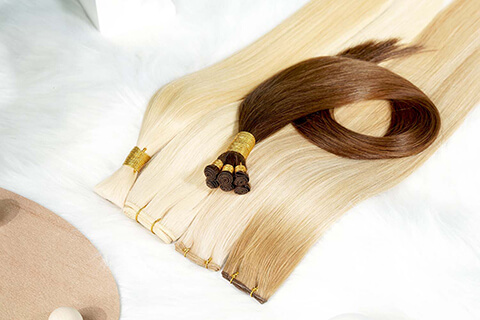
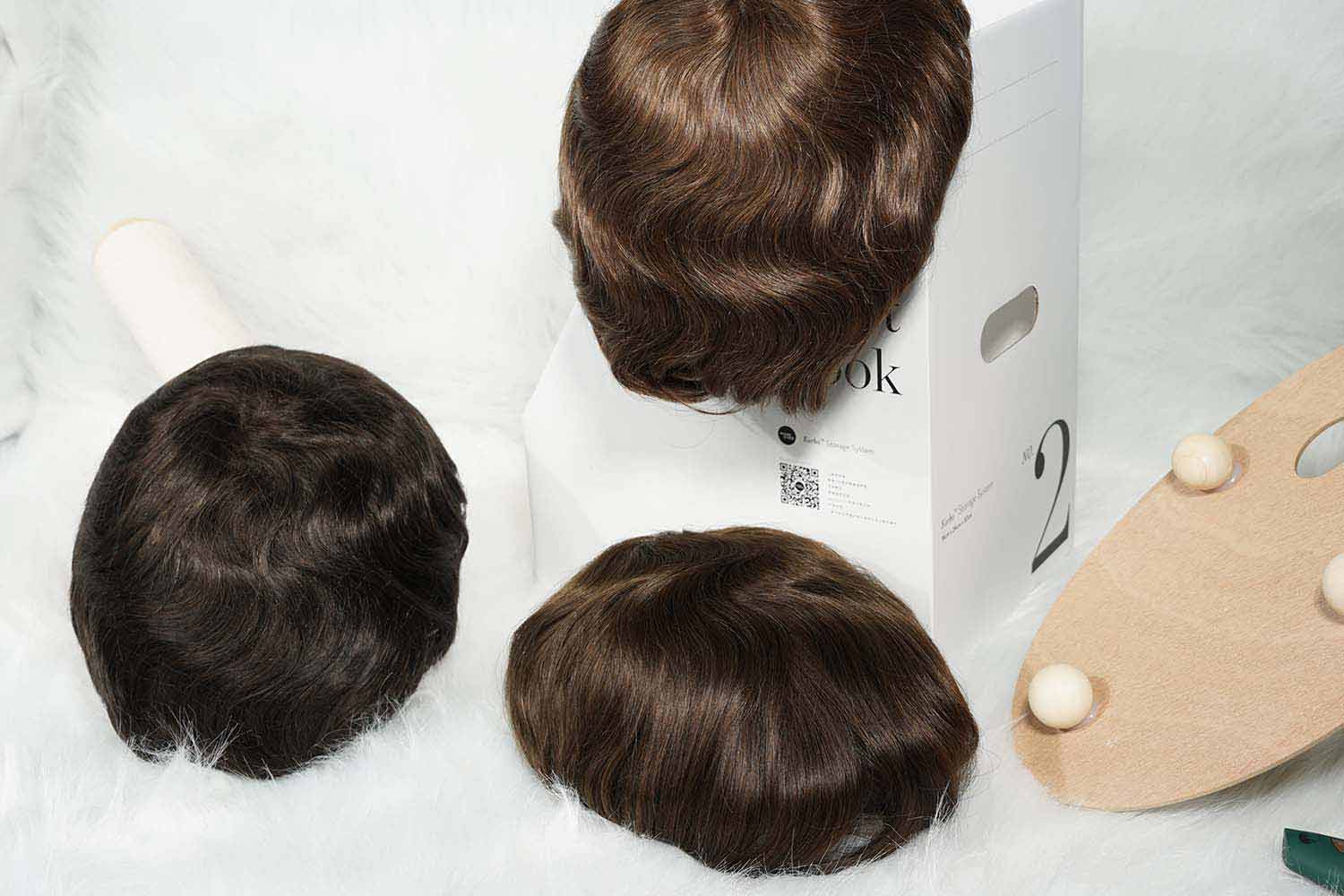
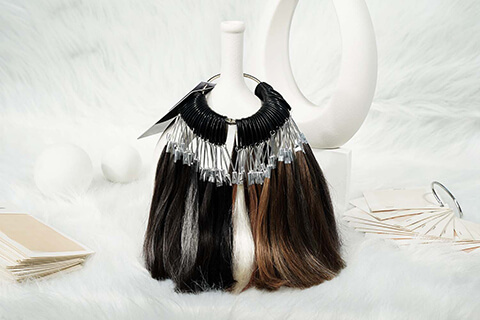
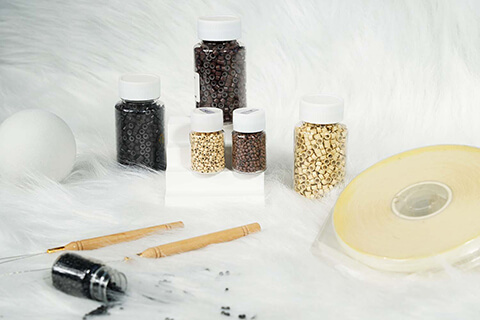

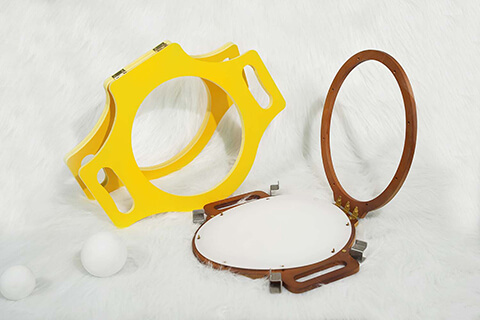
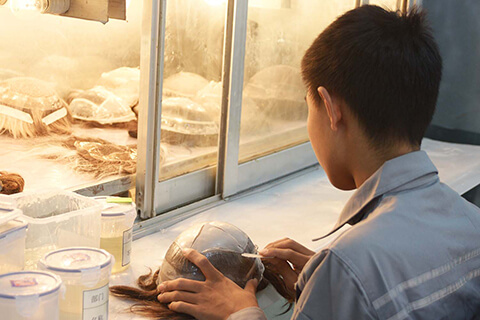

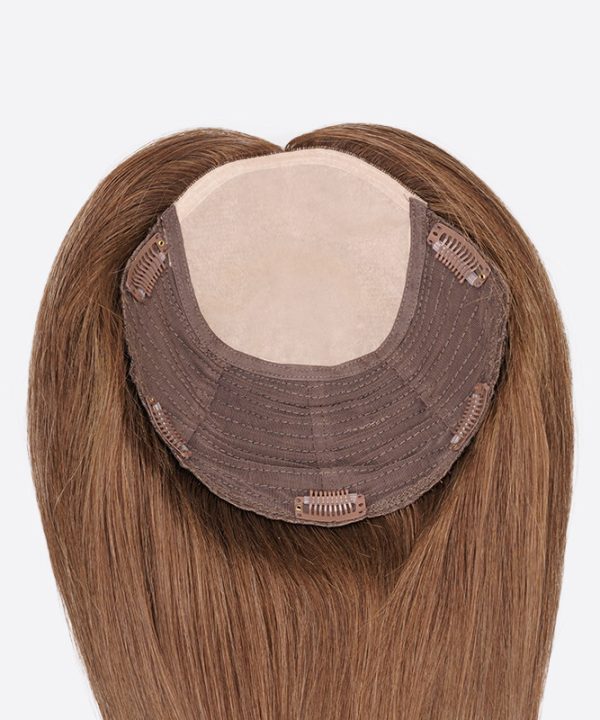
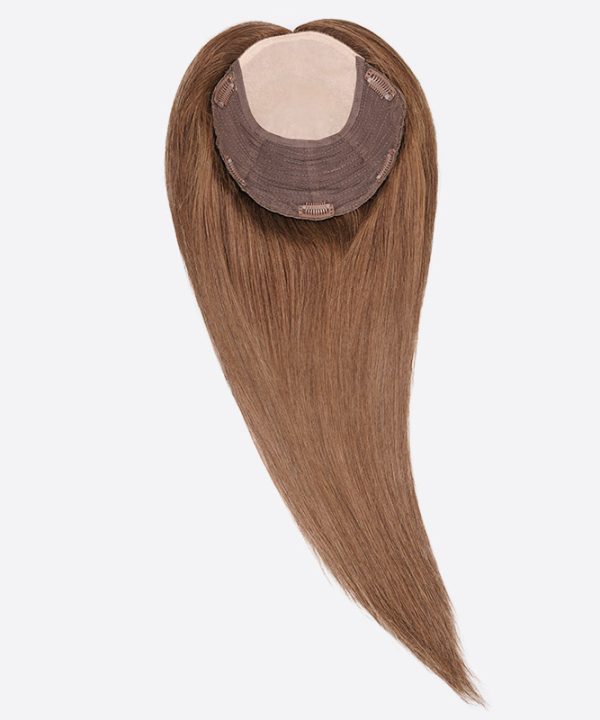
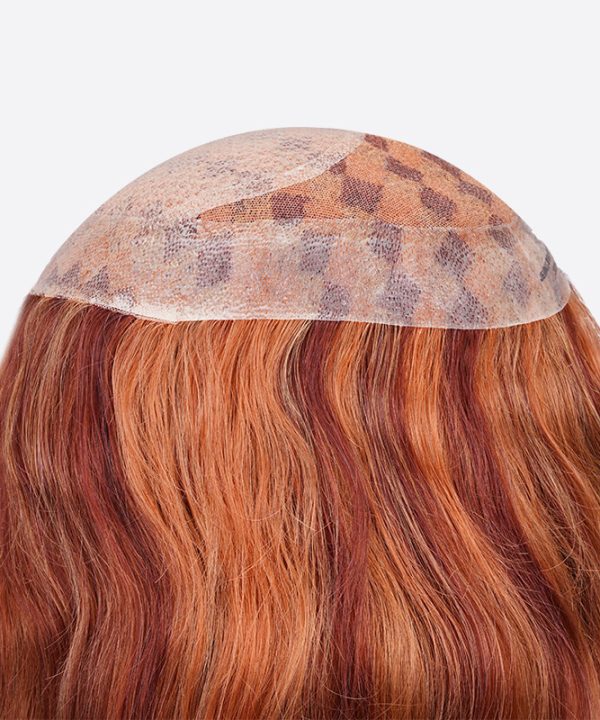
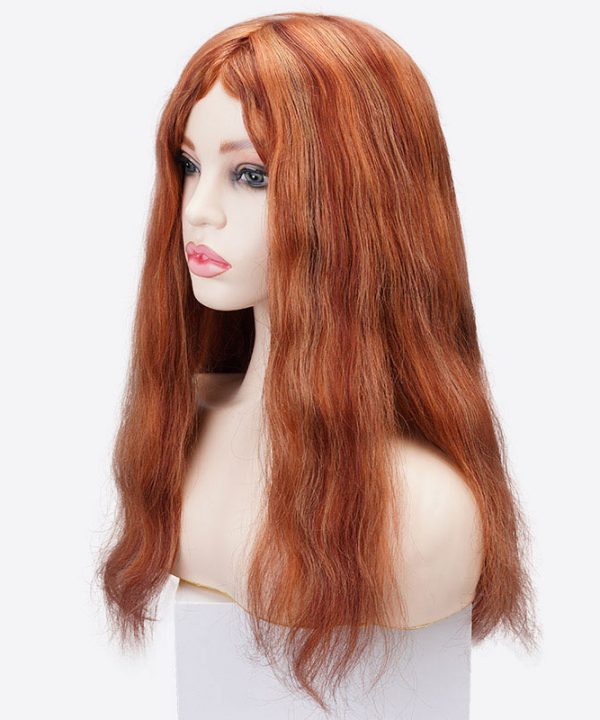
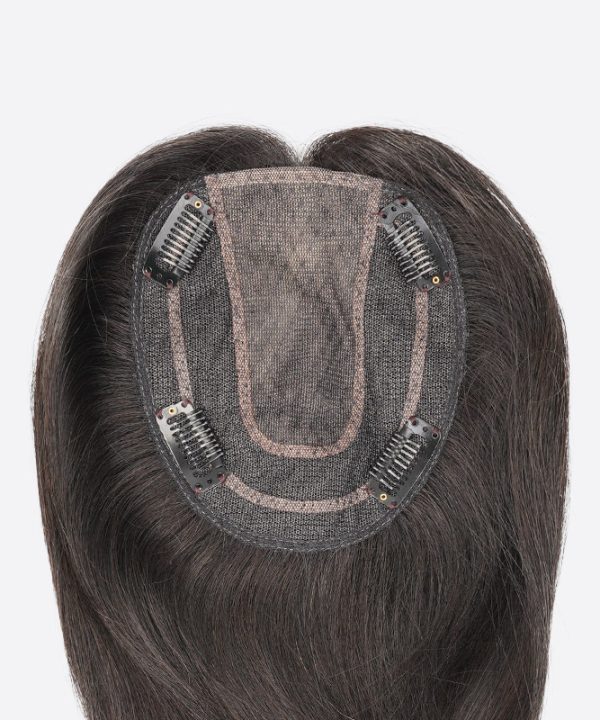
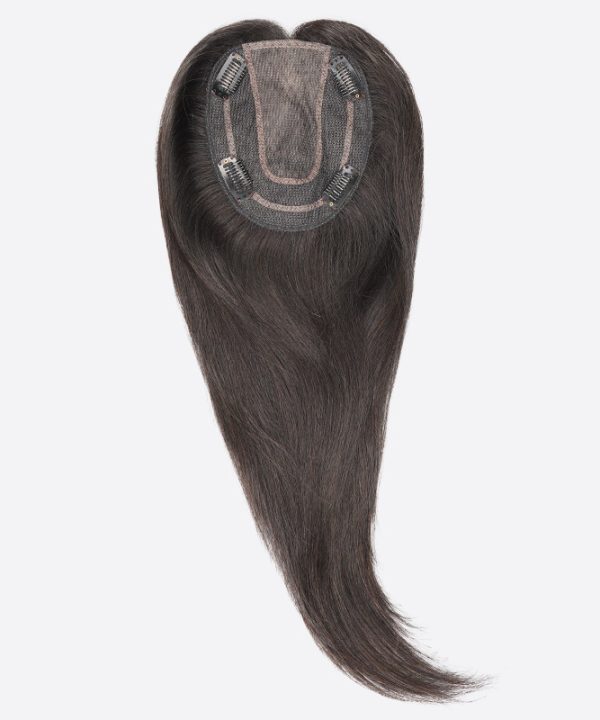
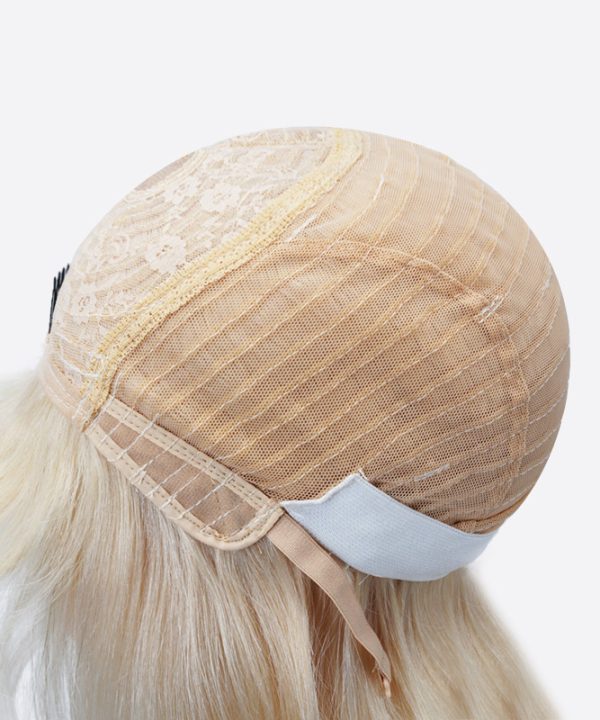
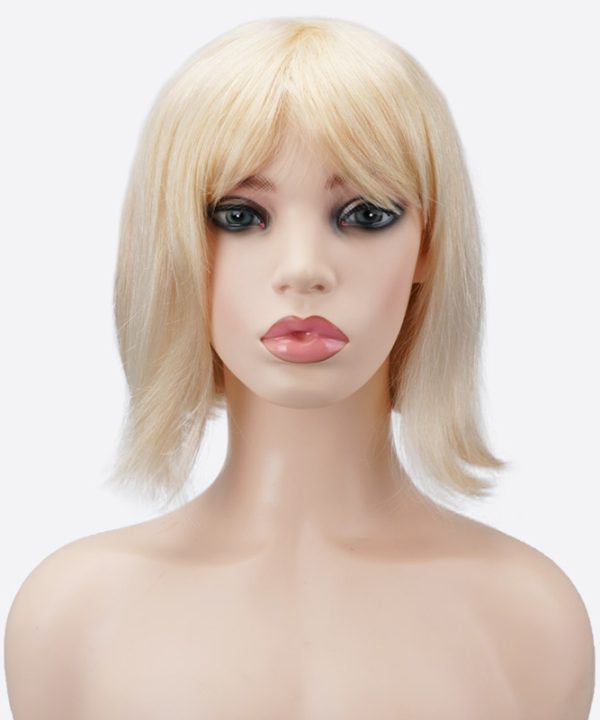
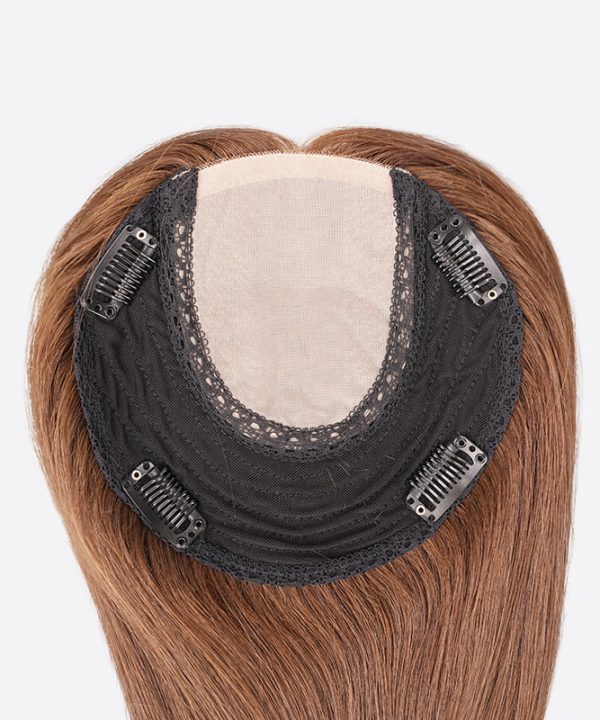
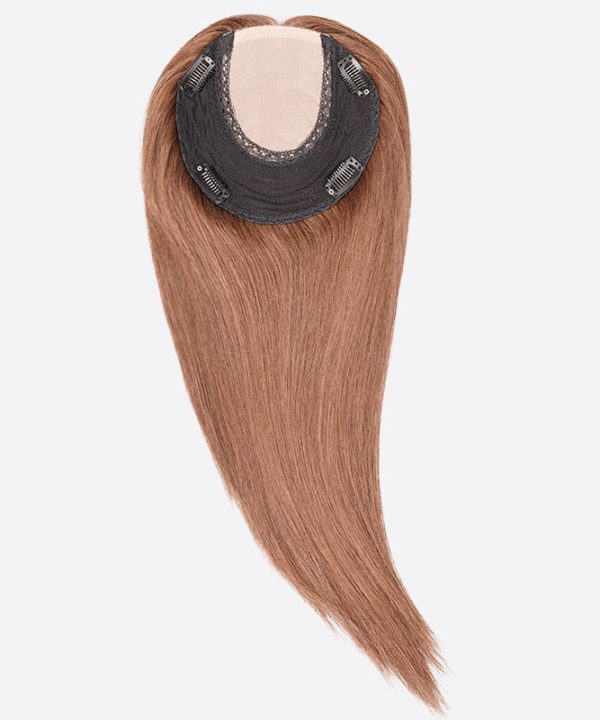
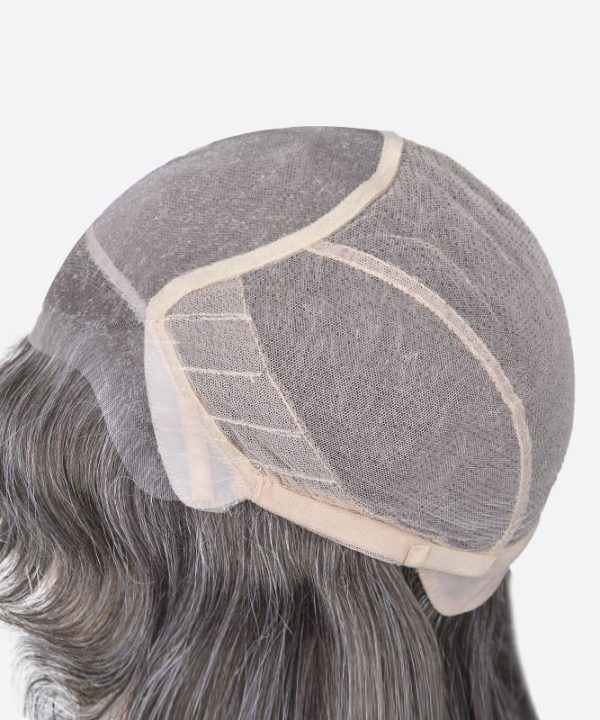
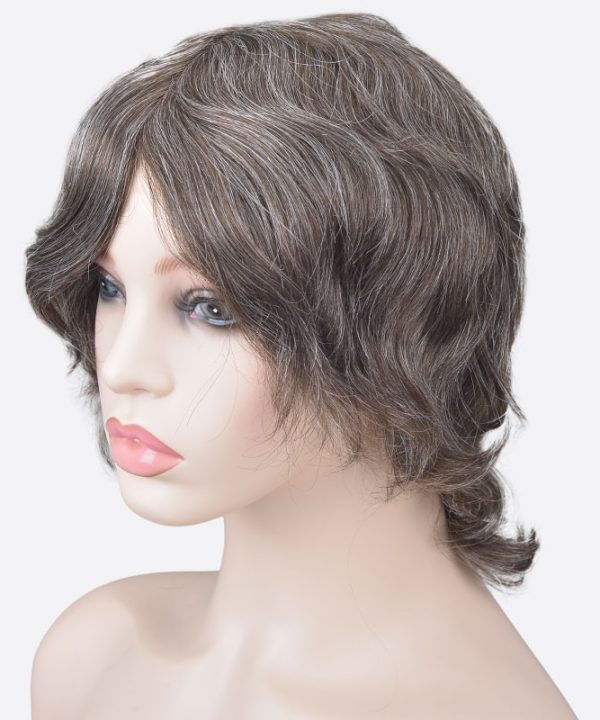





Love this guide on wig density! 💁♀️✨ Learned so much. Adding a new perspective: It’s not just about the look, but also the confidence boost! 🌟
You have a way of explaining complex topics in a straightforward and easy to understand manner Your posts are always a pleasure to read